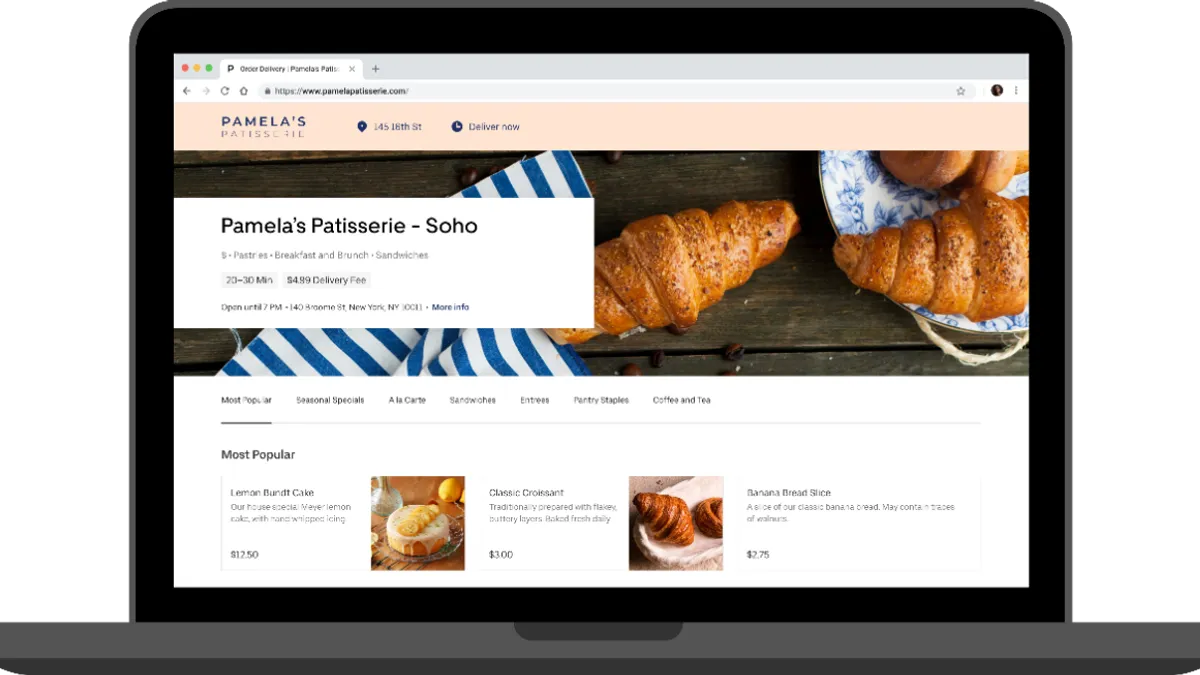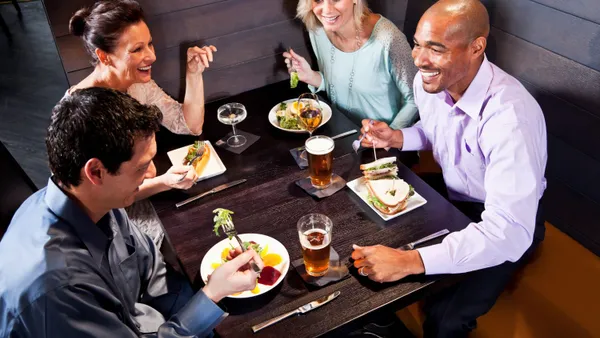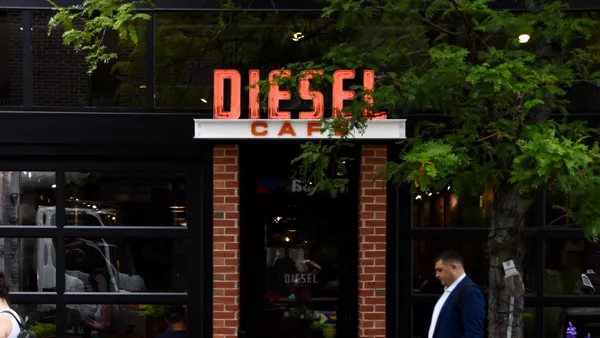Dive Brief:
- Seventy-nine percent of consumers expect to use technology to order at casual restaurants, according to a HungerRush survey of 1,000 U.S. consumers.
- HungerRush, a restaurant tech company, also found digital visibility is significant factor in driving new customer visits, with 85% of consumers saying it’s important to them to find reviews and other information about restaurants online.
- Sixty-five percent of respondents under the age of 30 reported ordering online, 62% order by phone, 51% through a restaurant’s app, and 38% through third-party apps or at the restaurant counter, per the survey.
Dive Insight:
Online ordering is the most frequently used ordering technology covered by the survey, especially among younger consumers. But younger consumers (18-29 years old) are actually less likely to use some tech-heavy ordering channels compared to customers aged 30-39. Only 8% of the younger consumer set said they would use text ordering, compared to about 18% of customers in their 30s, according to the survey.
Other findings from HungerRush’s study show macro-economic pressures are changing consumer behavior, as well. Forty-four percent of consumers are consciously opting for local restaurants as a way to save gas money, and 50% are limiting their frequency. Despite falling gas prices, HungerRush found that inflation still outpaces wage gains, meaning most consumers have seen their disposable income shrink even as some price shocks ease.
Recent data from the National Restaurant Association reinforce HungerRush’s finding that consumers are cutting back. The NRA found diners are trading down for value, even as large majorities of customers want to eat out during the holiday season.
Still, savvy technological investments that drive convenience may still entice customers experiencing economic hardships, the survey suggests. Seventy-two percent of consumers feel it is important that a restaurant personalizes their communications to them. Casual eateries can achieve personalization with a range of applications, from tailored email promotions to surveys that collect diner information, such as birthdays and menu item preferences, that can be used for targeted offerings.














